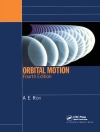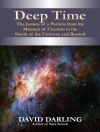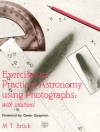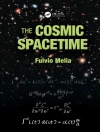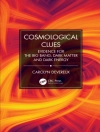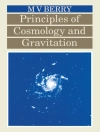This book highlights stories of the most important 13 ground-based observatories and 14 space probes in human history, leading readers through each significant step of human’s astronomical observation journey. From the earliest Hooker Telescope and the Mount Wilson Observatory, to the latest FAST, JWST and DAMPE, the targets of observation range from large systems such as the solar system, the milky way, and the universe, to individual planets such as Jupiter, Saturn, Mars, and the remote stars, and to the matters that reveal the origin of the universe, such as dark matter and cosmic background radiation. The book presents the mysteries of the sky in an easily readable manner suitable for audiences of all ages who are curious about the universe and thirsty to know all the important discoveries in the past century, especially the last decade. With carefully-selected contents, the book weaves together a series of tales to make the convoluted history of astronomical observation full offun and excitement, ensuring that readers never lose interest during reading.
Tabella dei contenuti
Mount Wilson Observatory: An Incredible Discovery That Kept Albert Einstein up at Night.- Parkes Observatory: When One Star Is More Brilliant Than A Galaxy.- Big Ear: Wow! The Possible Signal from an Alien Civilzation!.- European Southern Observatory: The Reigning King of Optical Telescopes.- Arecibo Observatory: Forty Years on the Throne of Radio Telescope.- Mauna Kea Observatories: Space-Time Magic Was Invented!.- RATAN-600: Sky Lord of the Ring.- Very Large Array: I Can Gain Vigor with Age!.- LAMOST: Is Sky the Limit?.- ALMA Observatory: A Cosmic Eyewitness of Birth and Demise.- China’s “Eye of Heaven” (FAST): The New King Taking Its Place atop Radio Telescope.- LHAASO: Participating in the Resolution of a Century-Old Mystery about the Source of Cosmic Rays.- SKA: The Next Storm in the Field of Astronomy.- Viking: Explore that Red Planet.- MER: Small Body, Big Achievement.- Voyager: A Journey of the Solar System.- Cassini-Huygens: Enter Saturn’s Rings and Ice.- Stardust: Capture Dusts from Comets.- SOHO: Coexist with Fidgety Stars.- Hipparcos: Measure the Milky Way Precisely.- Spitzer: Reveal the Frozen Cosmos.- Chandra: Explore the Roaring Universe.- Hubble: Build an Unprecedented Perspective on the Cosmos.- WMAP: Depict the Universe in Its Infancy.- DAMPE: DArk Matter Particle Explorer.- Webb: The Most Expensive Space Telescope in History.- CHASE (Chinese Hα Solar Explorer): China’s First Solar Exploration Satellite.
Circa l’autore
Jie Wang
Jie Wang is a Chinese popular science writer. He has published nine well received popular science books in China.
In 2012, his book The Shape of Time – A History of Relativity was named by the National Library of China as one of the 10 winners of the 8th Wenjin Book Awards, also the only popular science book winner. In 2019, his book Prison of Time won the Popular Science Book Award of the18th Hundreds-of-Flowers Literature Awards which are one of China’s top awards in literature. Jie Wang serves as Secretary General of Voice of Science, a China-based group of popular science writers, bloggers and scientists who dedicate to disseminate scientific knowledge and scientific ways of thinking among audiences of all ages.
Focusing on physics and astronomy, Jie Wang is also a regular guest speaker of the Popular Astronomy Forum held by Shanghai Astronomical Observatory, Chinese Academy of Sciences.
Xiaoyan Huang, the translator, formerly served as the chief editor on China’s pioneering English language learning game, Woolearn Academy. In her time there, she had gained invaluable expertise in both translation and project management. Later in her career, Huang worked as Wang Jie’s literary assistant. She has been Wang’s trusted assistant for quite some time now, helping him with English literature reviews and proofreading. Her intimate understanding of academic literature and her ability to accurately apply that information have helped propel the quality of Wang Jie’s works and contribute to the development of a robust knowledge infrastructure.


